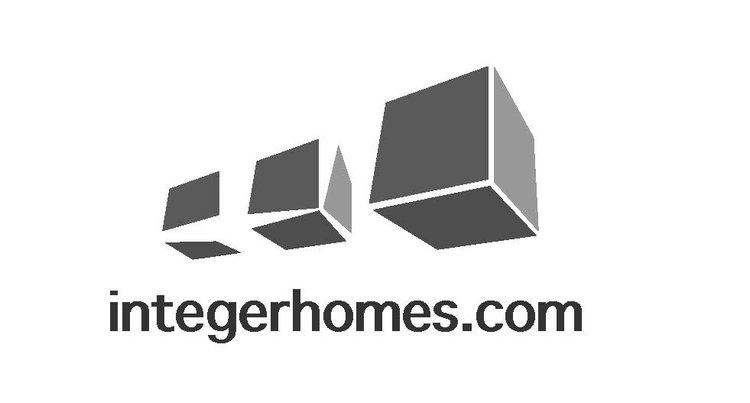The raspberry canes are thriving now, after a slow start to spring ’22.
the canes are thriving, expectations of a bumper crop are growing.
This contrasts with the real estate market of late winter, which, by any metric, was on fire. Housing became so hot thanks to the central bank, cheap money fed fire that it created and was too slow to recognize (despite it being obvious to any casual observer) required downside meddling. To me, February was the borderline mania peak on infill development property which has declined in May.
Neighbourhoods I traffic in saw rapid escalation during the exuberance phase, such that I felt the math on project no longer penciled at the new ‘market’ land value. Despite urging from those close to us, we heavily pushed back on ‘deals’ despite the temptation of the hype, scarcity, and FOMO. Projects were clearly being bought at prices that required further increase in new home values into 2023 when those completed units would be brought to market. This is not a business model, it is one step removed from gambling. No business can buy key input at a loss then ‘hope’ values increase soon enough to wipe away the zero margin math into some meager margin. The realtors are definitely on board with this math, but those who pay a price in the effort and struggle to build have to measure the risk. And the risk has now happened. Just in the blink of an eye, we have seen labour pricing escalate dramatically, with land value already way up, and the interest rate effect has only partly showed up, with plenty more to come. Those February land deals now appear that the ‘winning’ bidder has lost his shirt. Here is a current land deal where it came to market at $750k, already $50k lower than recent comparable (actually some inferior street locations sold at $800k in February). And it didn’t sell, and took a cut to $735k. Maybe this one transacts at $725k, or lower, resetting the bar downward for the neighbourhood. Those earlier builders that overpaid by $75k, or more, now have $100k in additional labour and commodity increases to absorb. Worse, is the potential hit that rising rates into 2023 will impact the high end market for luxury spec homes more than lower end product. This $175k of bad math is likely to crush a typical infill business case given the headwinds of monthly carrying cost for buyers it could get worse.
The fundamental disconnect is the end value that these overly optimistic builders place on their finished houses 12-24 months out. They inflate the end value, then work back to today and willingly overpay for land deals when the supply tightens. The realtor whispers in their ear to buy now or face higher land cost tomorrow, and reinforces the escalating value assumption of new builds for next year. The cycle plays out on repeat. The problem is the land and input values do not translate to higher house values next year in proportional or predictable way. More likely is cyclical volatility. Lots of builders go broke and this is a big reason.
In February, this price and direction would be unthinkable. I bought into the hype myself as I was conducting mental gymnastics to justify the price of the time. Reality has once again intruded into the fantasy.


